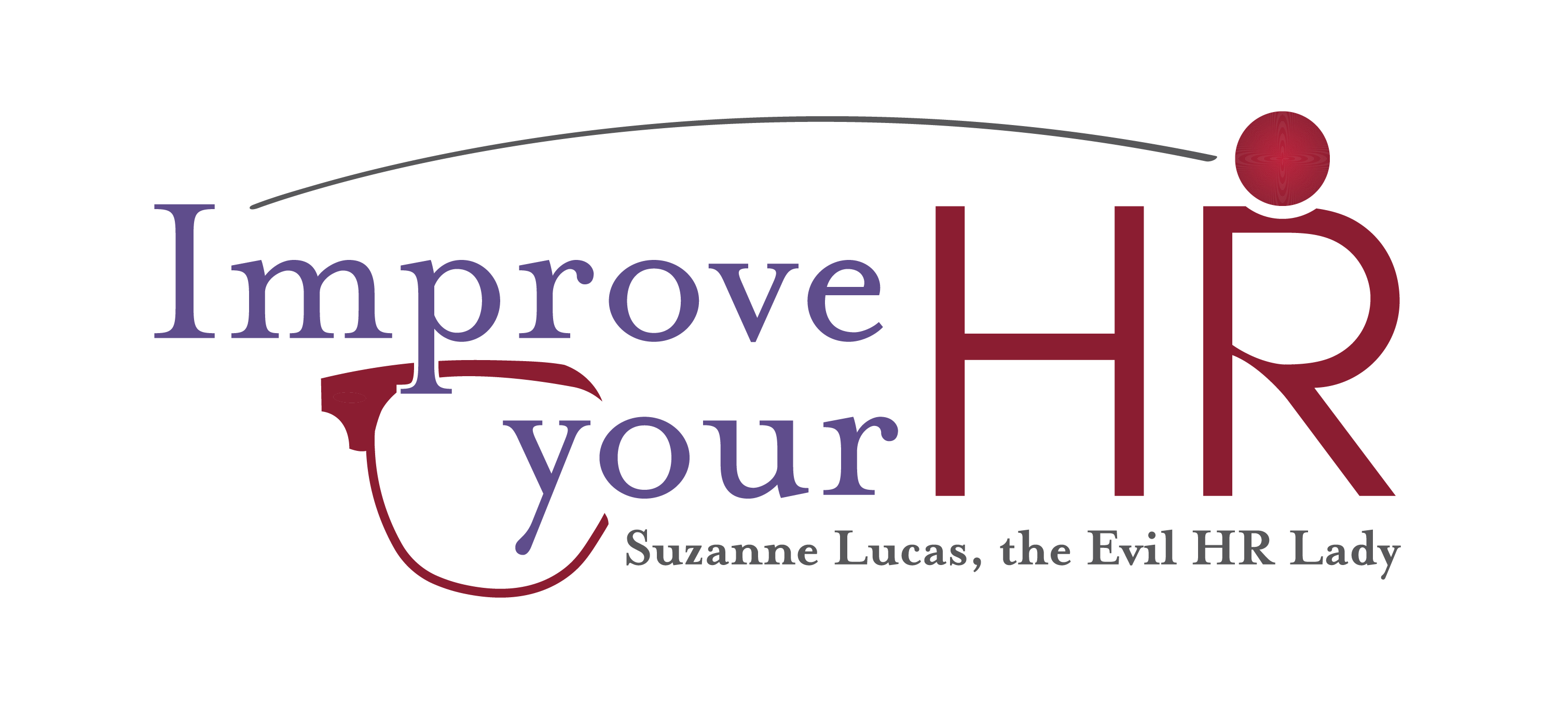It’s the most horrible time of the year! For recruiters, that is. It’s the time when talent acquisition departments have to hire hundreds of temporary workers to get through the holiday season.
Hiring holiday employees is a tradition that probably goes back to when the Three Wisemen had to pick up gold, frankincense, and myrrh because the stores weren’t expecting the Christmas rush and were already out of practical presents like diapers and rattles.
But traditions evolve, and holiday hiring in 2022 is distinctly different from previous years.
Unemployment Is Low, Salaries Are High
The latest figures on unemployment rates put it at 3.7%, meaning there aren’t many people out there looking for or willing to take temporary holiday jobs. Compare that to 4.6% in 2021 and 6.9%t in 2020. (Of course, those were pandemic days; in 2019, unemployment was lower than today at 3.6%.)
To keep reading, click here: Distinct Holiday Hiring Problems Are Plaguing Major Retailers

Employers might have better luck hiring temporary holiday help if they informed potential applicants what percentage, historically, end up working longer for the organization. I started with my current employer, in 1996, as a “21-Day Christmas Casual” employee. At the end of those 21 days, my hard work was rewarded by a 6-month extension, followed by 2 more 6-month extensions, as a non-career casual employee. I was then converted into a “Part-Time Flexible” career employee, with full benefits. Five years later, I received a major promotion into a Full-Time professional position, followed by other major promotions and raises. What started out as a lark, to raise a little extra money for Christmas, turned into a lengthy, lucrative, highly fulfilling career.
The unemployment rate tells us nothing about how many people are unemployed. It only counts you until you exhaust your benefits or give up looking for work.
The official number you should be looking at instead is the labor force participation rate.
The Bureau of Labor Statistics has six different unemployment rates they calculate, U-1 to U-6. U-3 is the “official” one quoted by the “news” media. U-6 is the most comprehensive, and includes ” total unemployed, plus all marginally attached workers, plus total employed part time for economic reasons, as a percent of the civilian labor force plus all marginally attached workers.”
U-6 generally runs close to twice what U-3 is. For the third quarter of 2021, U-3 was 4.2%, while U-6 was 7.6%.
When the benefits earned from being unemployed are more than what an employer will pay you, at least 46% of the able-bodied individuals capable of working are going even consider getting a job. Plus most unemployed workers have ‘illusions” of what is considered availability for working (Monday through Wednesday only, with Thursday through Sunday off. These seasonal jobs have the most need for staffing openings Thursday through Sunday. Plus it doesn’t help that the job requires dealing directly with extremely impatient consumer shoppers, at minimum wage. Okay in some places minimum wage (New York and California) minimum wage starts at $15 or more to start for a non-skill job. The employers with the highest number of seasonal workers need also have the least amount of incentives to encourage people to work for them unless desperate. (Walmart, USPS, Amazon warehouse, UPS, and FedEx)